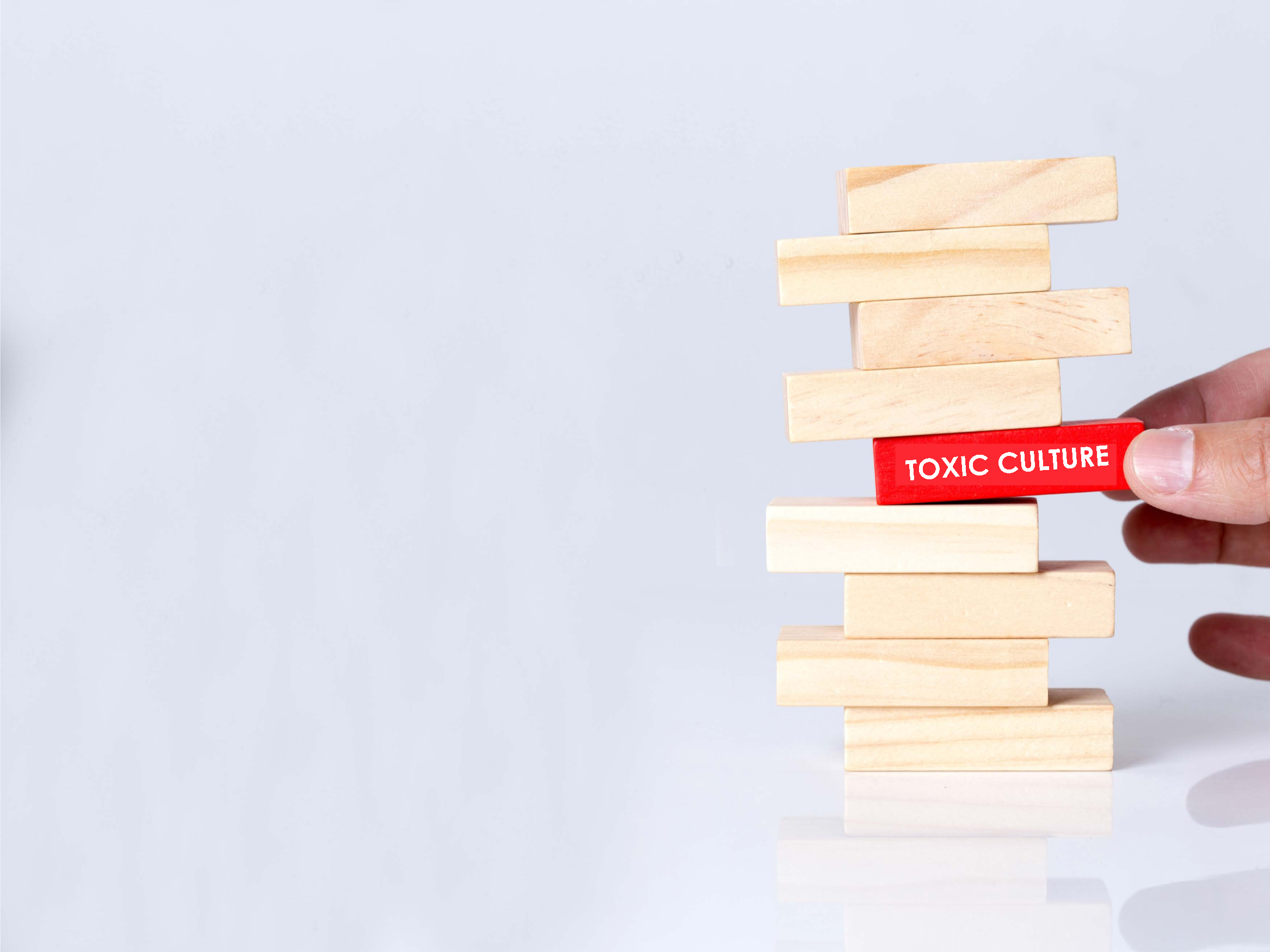It seems the term “toxic culture” has been in the news recently, so I thought it might be useful to consider what a toxic culture actually is, examine some real examples, and highlight what is causing an increase in this term’s use.
To begin, let’s consider what the term “toxic culture” refers to. In the past, the idea of a toxic culture was mainly used to label an environment that had a negative impact on the productivity of its employees, generally due to some sort of drama and people not getting along. Today, we would be glad if the only effect of a toxic culture was a loss in individual or team productivity.

I want to clarify that what deems a toxic culture is often subjective, and we cannot suddenly use this term when one or two employees start to call their company’s culture “toxic” or “unfair.” We also cannot use the term when an employee makes an isolated mistake or unacceptable call, such as what happened at Starbucks a few months ago when a manager called for two black men to be removed from their coffeehouse. For a culture to be toxic, there needs to be a history of purposeful behavior and activity on behalf of the company or senior leaders that would have some lasting impact on the mindset, attitude, or feelings of those working there.
Unfortunately, we have plenty of recent examples of companies, teams, or organizations that rightfully deserve the “toxic culture” label:
There were years of unrestrained aggression and arrogance towards rules, respect, and women at Uber—the culture was toxic. There were years of lying, corruption, and shady practices ignored by senior executives in an effort to boost fees at Wells Fargo—the culture was toxic. We have had 18 months of turnover, leaks, lies, and backstabbing coming out of the White House—everything that would lead you to believe the culture there is toxic. We have years of cover-ups and have ignored all cries for help from the leaders of the Catholic church as their employees (priests) purposefully abused children—the culture was extremely toxic.
Toxic cultures are also present in sports organizations, from women’s gymnastics to football. We have learned that the death of a 19-year old college football player on June 13th was likely the result of a complete lack of consideration for player welfare, built around a culture defined by verbal and physical abuse—an extremely toxic culture. Jordan McNair’s death is a serious example of the negative impact a toxic culture can have on someone. Even though most of us will never have to deal with extreme abuse, racism, or neglect at work, the health of millions of workers is at risk every day. Why? Because, every day, people go to work and have to deal with some asshole manager who enjoys making themselves feel good at the expense of their employees.
How does a bad manager affect an employee? Well, it leads to stress, and stress kills. Stress is linked to the majority of leading causes of death among Americans. While the number one cause of stress is financially driven, right behind it is work. And guess what causes more than 70% of stress at work: An employee’s manager. Poor management is so pervasive that one in two employees has left a job to get away from a manager and improve their overall quality of life at some point in their career.
In a toxic culture, there is always someone in charge who is causing, overlooking, or ignoring how employees feel. Whether it is the CEO, an executive in a specific division, the president, a coach, or leaders of an organization, they all helped create the toxic cultures referred to earlier. Oftentimes, many leaders support the toxic culture because they have been promoted to the top, not because of merit, but because they are loyalists to the CEO, never challenging questionable practices or calling out blatant wrongdoing. It’s about time that those in charge start taking more responsibility for the immediate and long-term impact they have on their employees.
Unfortunately, until the customers of those companies start turning away, poor leadership will continue to be tolerated. As we have seen and will continue to see, customers still use Uber and Wells Fargo, people still attend Catholic churches on Sunday, half the population still believes our president is morally right, parents will still enroll their daughters in gymnastics, and I am sure fans will continue to attend Maryland games this year. As I have always said, customers are far more forgiving than employees. Thankfully, this is changing because employees, those whose physical and mental wellbeing are at risk, are no longer willing to accept these negative environments and abuse. The newest generation of employees is especially unwilling to accept this culture, as they are quick to voice their disagreement publicly.

We are seeing employees start to come forward and tell their story, costing companies like Uber and Wells Fargo millions in fines or compensatory payouts and making these companies vulnerable to competition. We see a continued decline in men wanting to join the Catholic church, and the White House is finding it harder to fill roles. And we’d assume that Maryland is going to have a hard time convincing a recruit or their parents that they are the right choice to take care of their sons. The impact of toxic cultures and abusive leadership is hurting bottom lines and reputations, and people are starting to take notice.
Organizations must stop ignoring and tolerating managers who are bullies, control freaks, racist, sexist, treat their people like numbers or transactions, and are focused on destroying the morale and health of their employees. It’s time to make some tough decisions in the name of employee welfare and remove these managers from your organization.
Toxic cultures are real, they are deadly, and it is about time companies paid more attention to it and the managers who are responsible for it. The world is changing, but let’s just hope it changes quickly enough for us not to have to endure another child’s death or sexual abuse.
